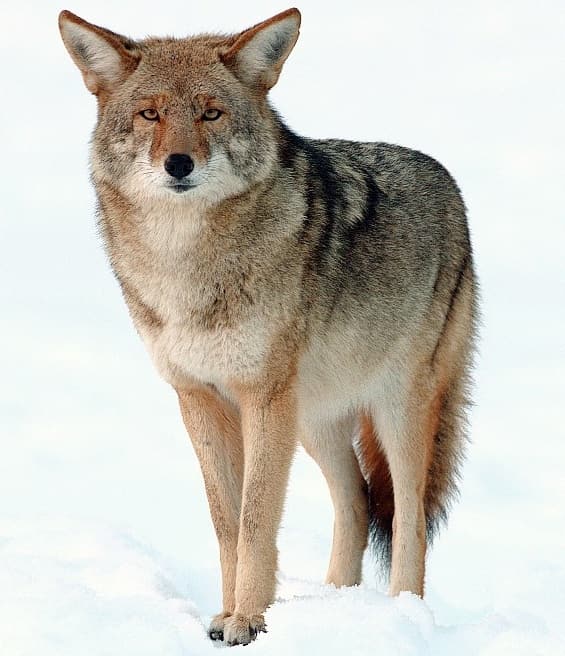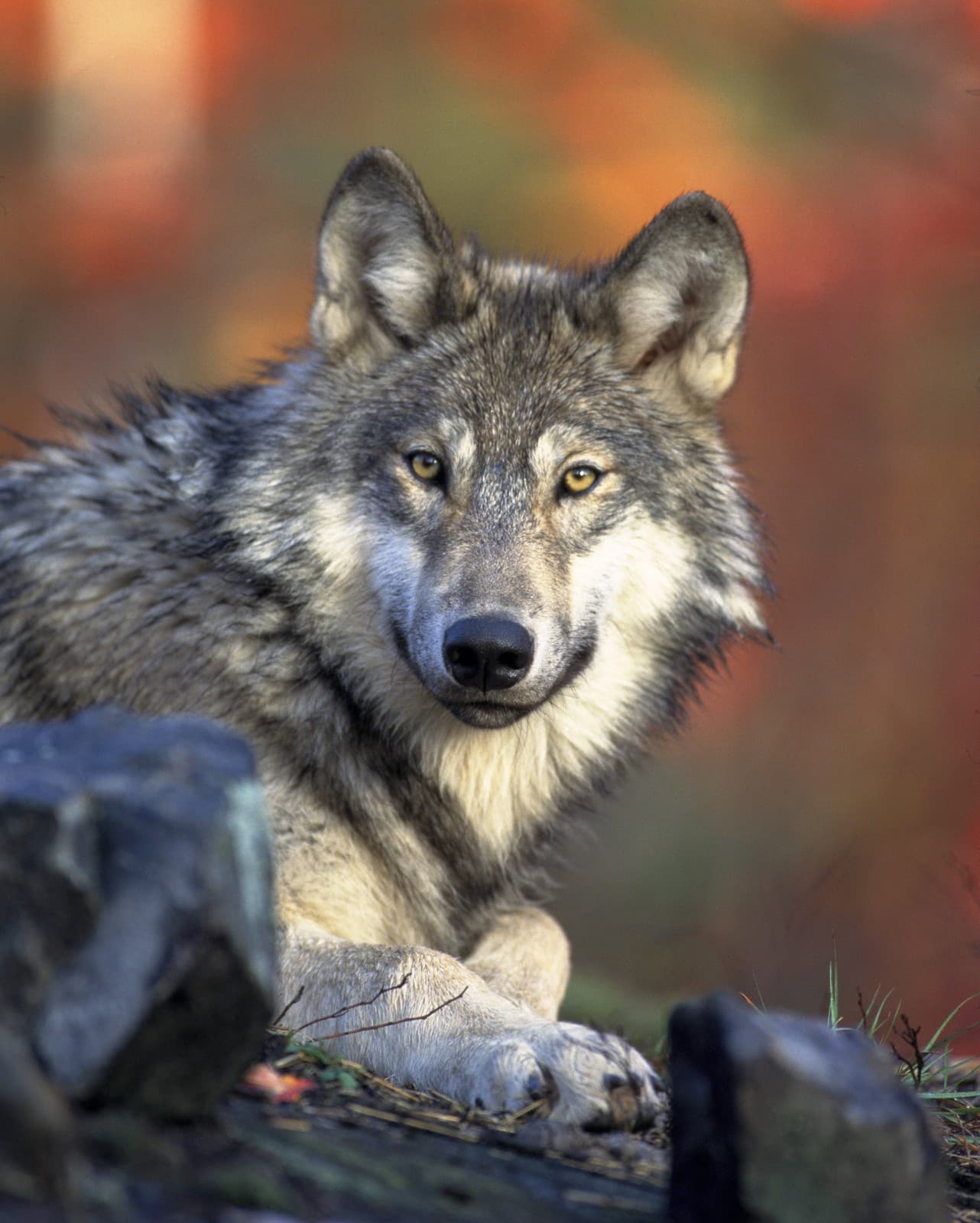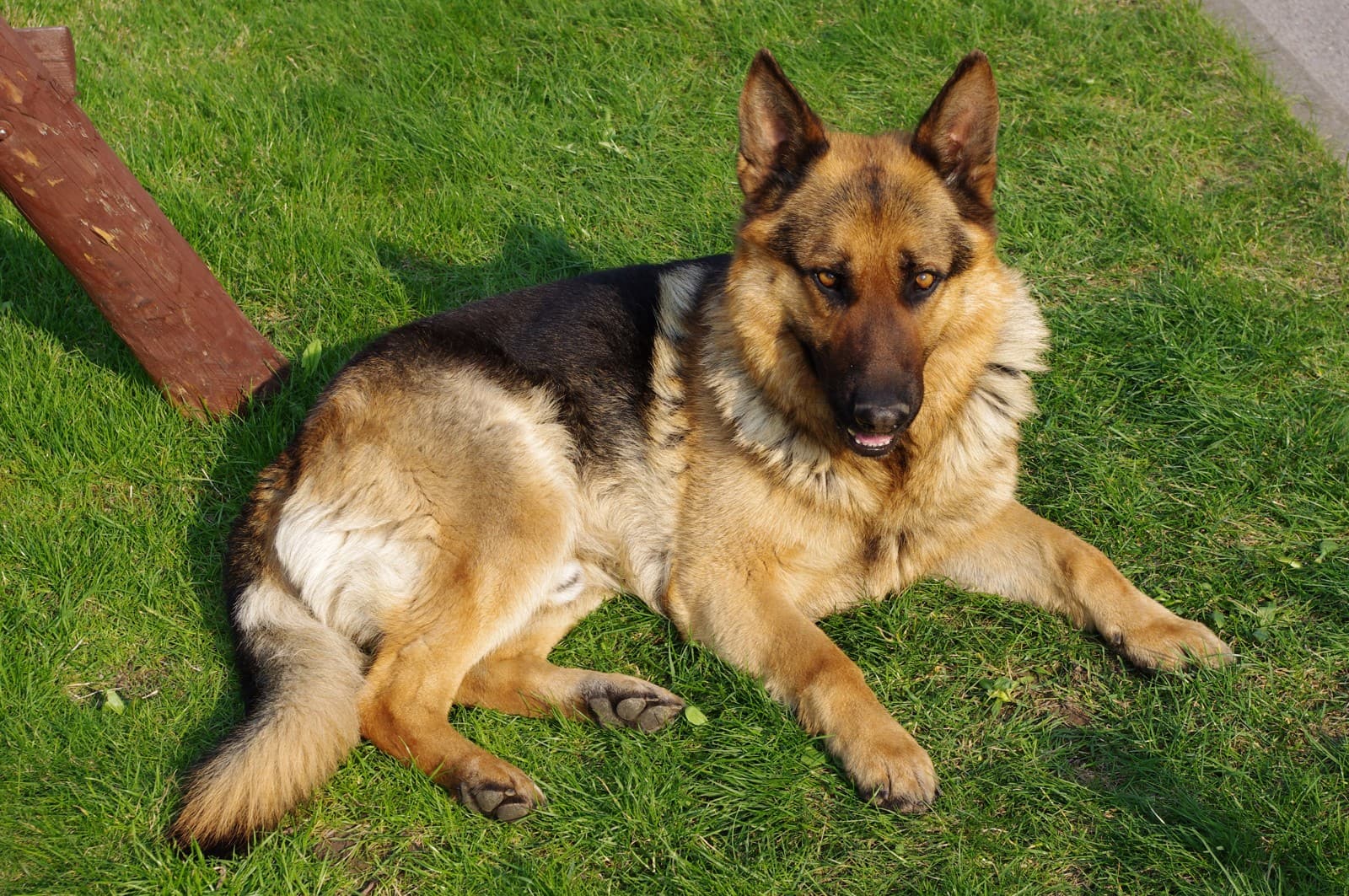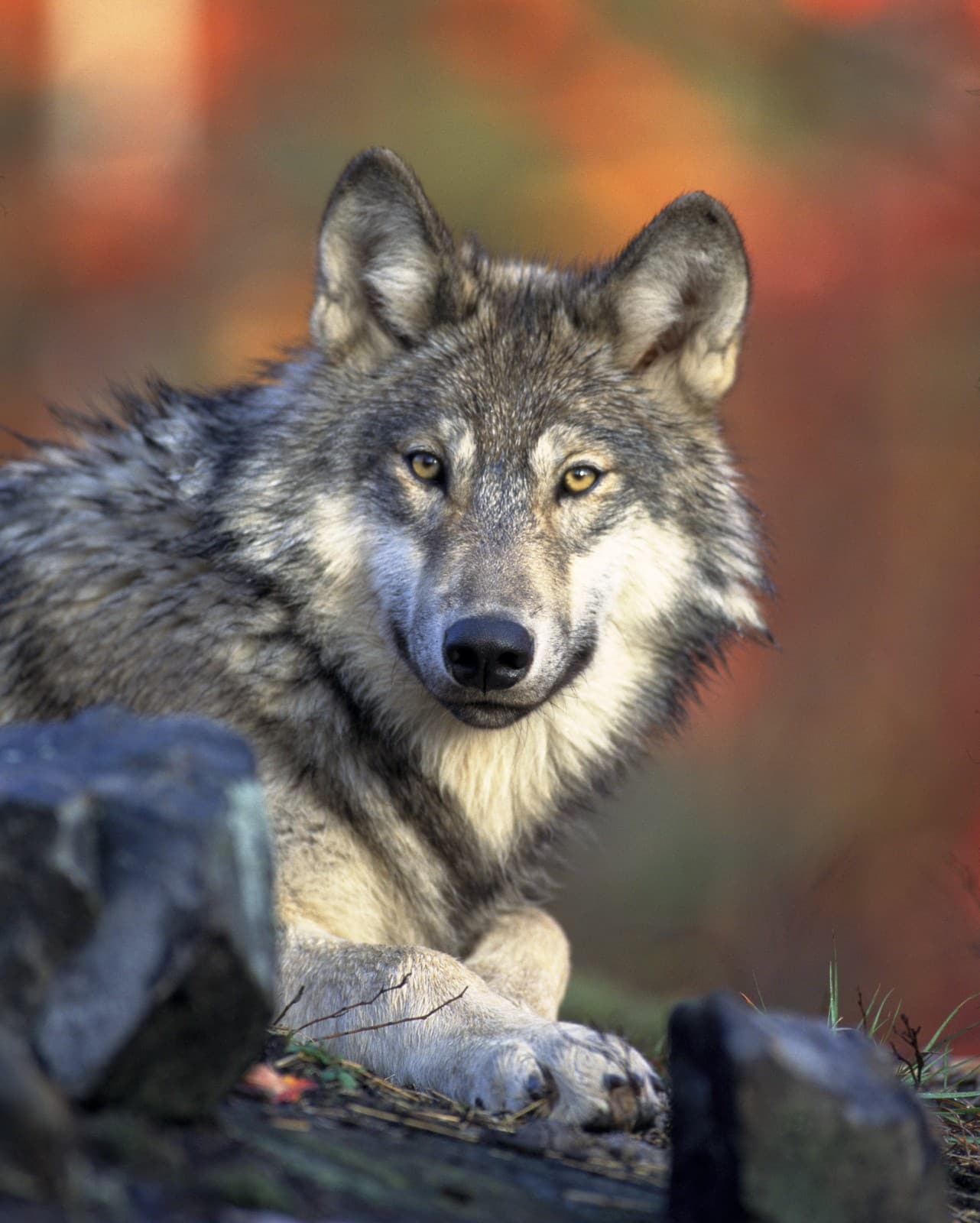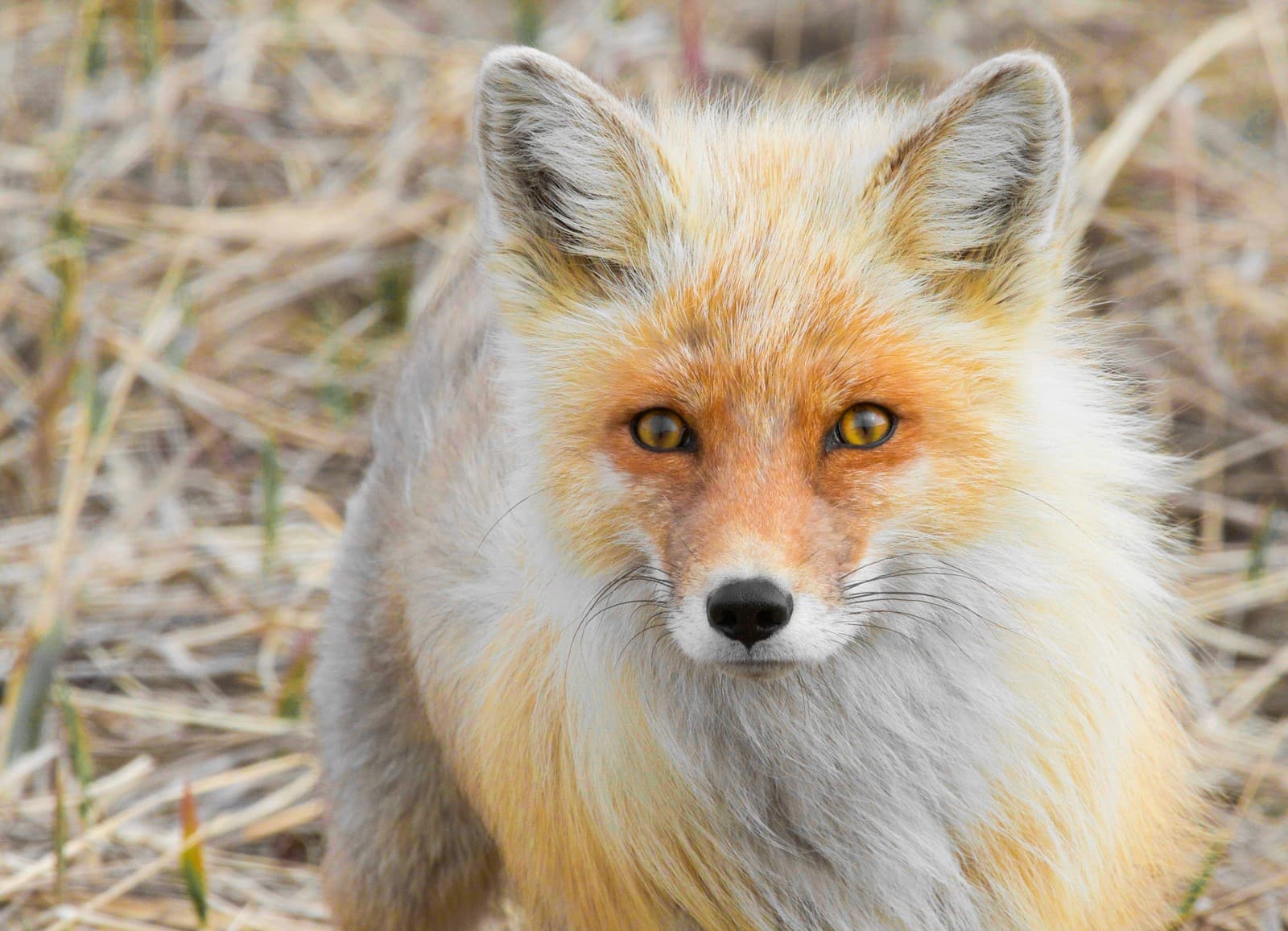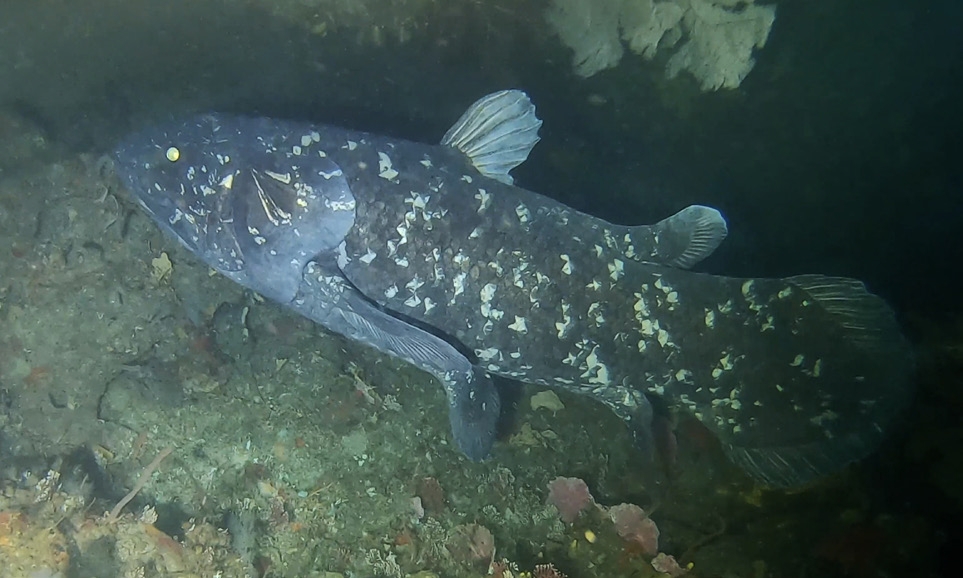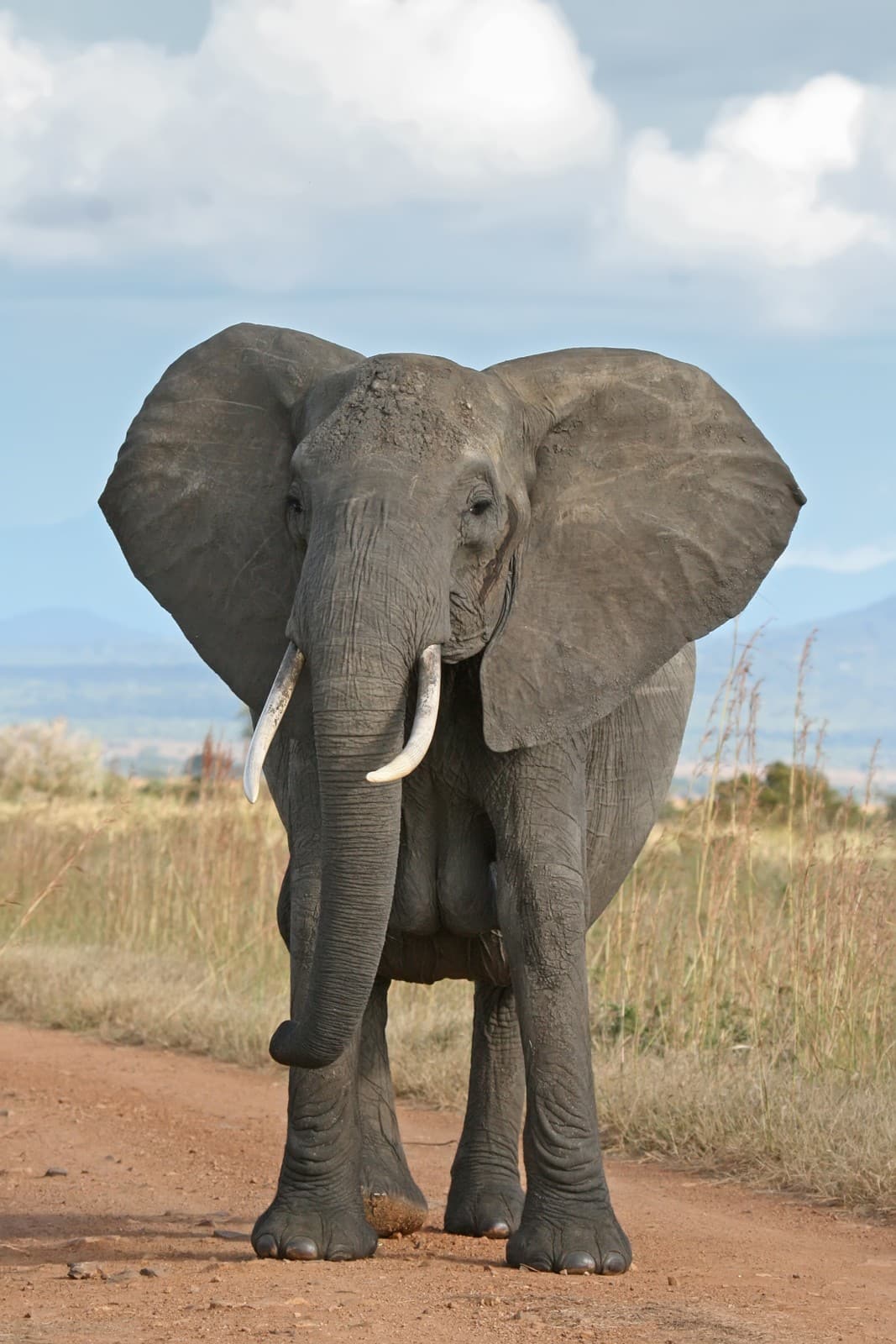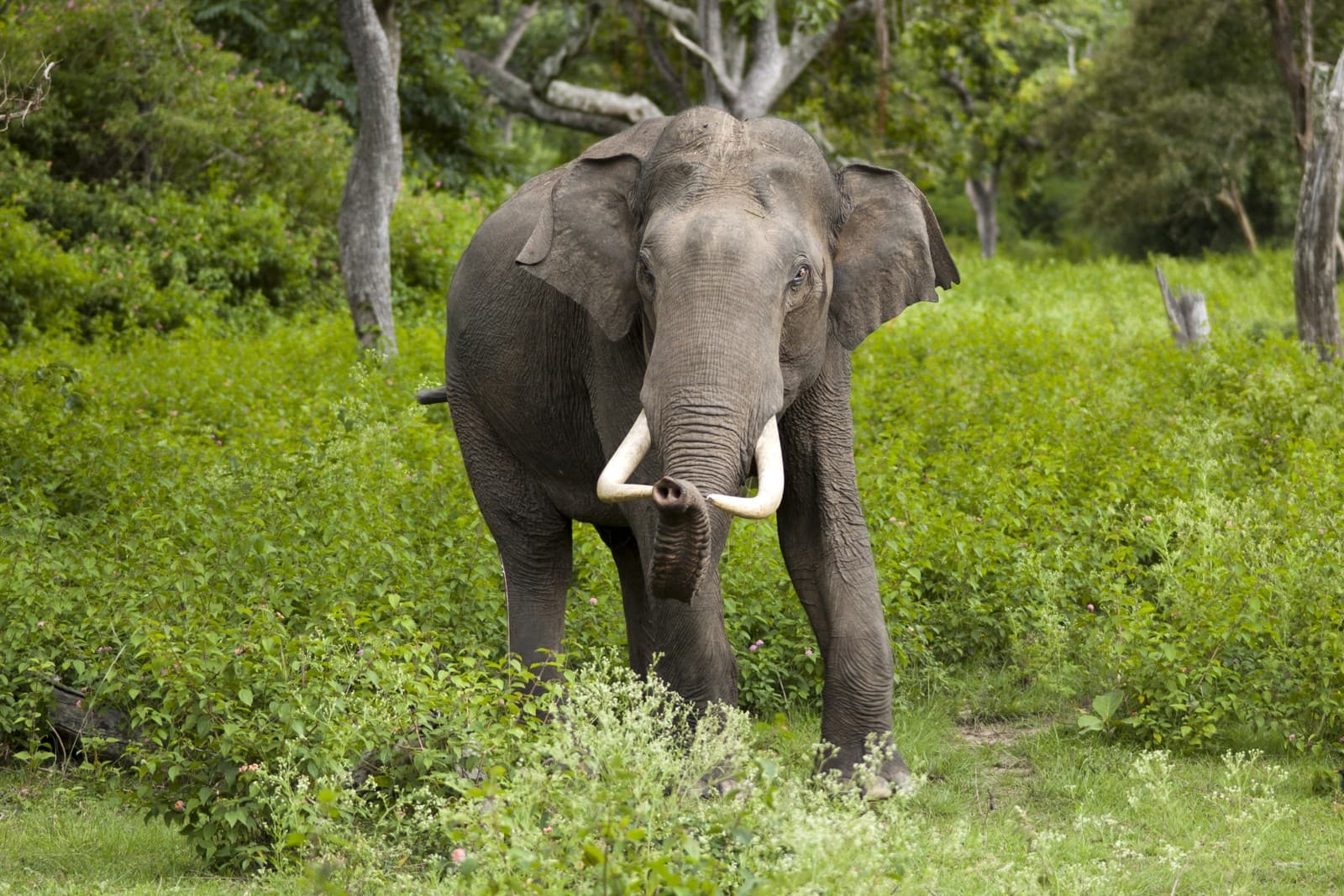Husky vs Wolf: A Complete Comparison
While Huskies may bear a striking resemblance to their wild ancestors, the differences between Huskies and Wolves are profound. Gray Wolves typically weigh 70-150 pounds (32-68 kg), while Siberian Huskies average 35-60 pounds (16-27 kg). This significant size difference reflects thousands of years of divergent evolution – one shaped by human selection, the other by nature’s demands.
The similarities between Huskies and Wolves often lead to misconceptions about their relationship. Despite their shared ancestry, these canines have developed distinct physical characteristics, behavioral patterns, and social structures that set them worlds apart.
<img src=“/images/husky-wolf_husky.jpg” alt=“A team of Siberian Huskies running enthusiastically through deep snow, with two dogs prominently featured in the foreground - one white with gray markings and ice-blue eyes, the other with a rich brown coat. Both lead dogs are panting with tongues out, showing their characteristic “smiling” expression. Three additional huskies follow behind in the distance, creating a classic sled dog formation against a stark winter landscape. Snow-capped mountains rise in the background under an overcast sky, while powdery snow sprays up around their paws as they move across the pristine white terrain. The dogs display typical working sled dog behavior, moving in coordinated unison with focused, forward-facing expressions.”>
© Markus Trienke / CC BY-SA 2.0
Siberian Huskies demonstrate their breeding purpose as working sled dogs, showcasing the athletic build and team-oriented behavior that distinguishes them from their wild counterparts.
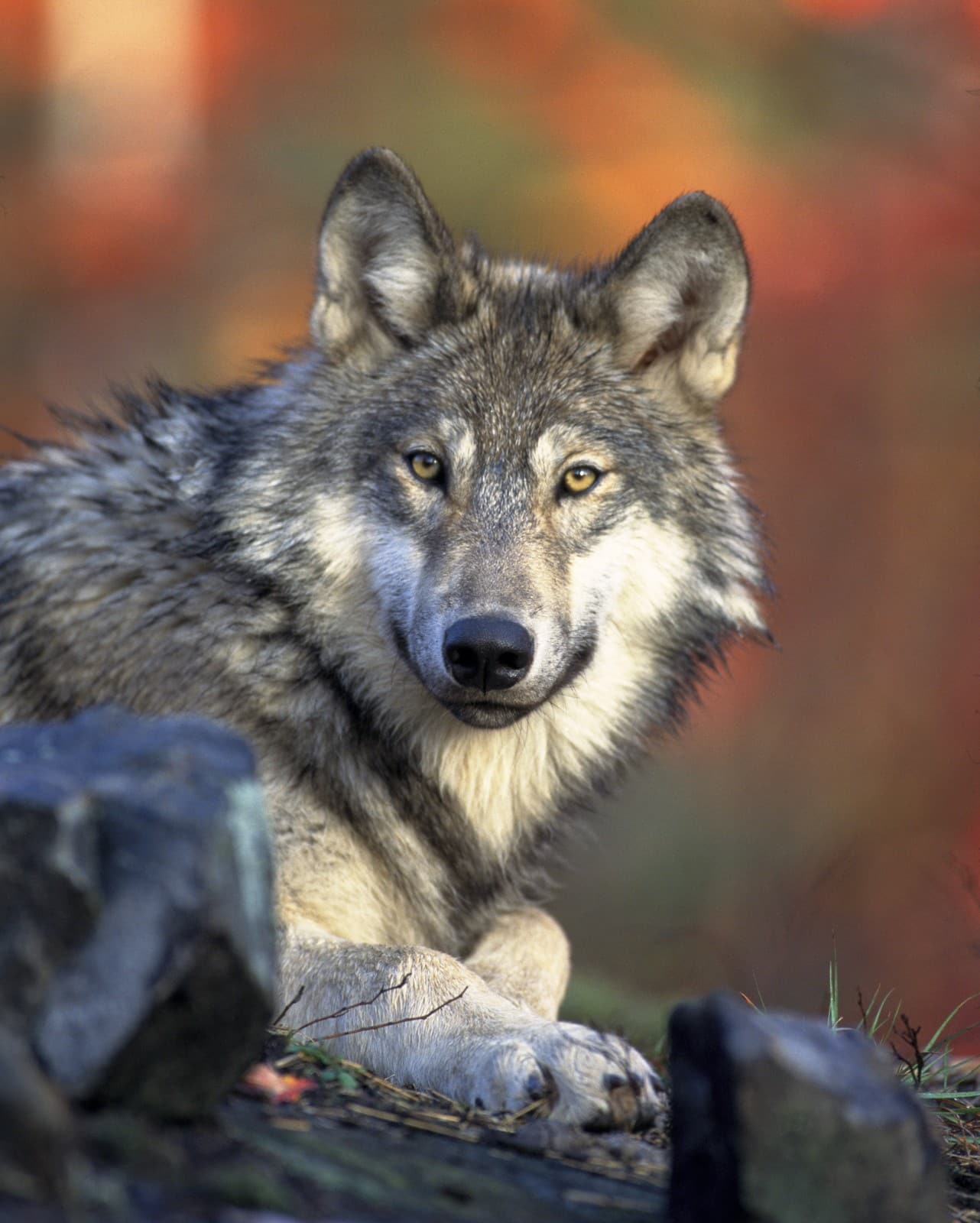
The Gray Wolf exhibits the powerful build and intense focus of an apex predator, demonstrating the physical adaptations required for survival in the wild.
Physical Differences Between Huskies and Wolves
| Feature | Husky | Wolf |
|---|---|---|
| Weight | 35-60 lbs (16-27 kg) | 70-150 lbs (32-68 kg) |
| Height | 20-23.5 inches (51-60 cm) | 26-32 inches (66-81 cm) |
| Skull Size | 35% smaller than wolf | Significantly larger |
| Paw Size | Compact, arched | Large, elongated |
| Eye Color | Blue, brown, or mixed | Yellow to amber |
| Life Span | 12-15 years | 6-8 years in wild |
Behavioral Differences
Social Structure and Pack Dynamics
Huskies are bred for cooperative work with humans and other dogs, displaying a more flexible social hierarchy. Wolves maintain strict pack hierarchies with complex social rules essential for survival. While Huskies may show independence, they lack the intense pack-oriented behaviors of wolves.
Hunting and Prey Drive
Wolves are skilled hunters capable of taking down large prey like elk and moose, using sophisticated pack hunting strategies. Huskies retain some prey drive but lack the coordinated hunting abilities of wolves. Their predatory sequence is typically incomplete, often ending at chase rather than capture.
Intelligence and Trainability
Problem-Solving Abilities
Both species demonstrate high intelligence, but in different ways:
- Huskies excel at understanding human cues and commands
- Wolves show superior problem-solving in natural environments
- Domestic dogs are more skilled at social cognition with humans
- Wolves demonstrate greater physical problem-solving capabilities
Who Would Win in a Confrontation?
While such comparisons should remain theoretical, the physical advantages clearly favor the wolf:
- Wolves possess 2-3 times stronger bite force
- Superior size and muscle mass
- More developed fighting instincts
- Greater aggression when threatened
However, such comparisons miss the point: Huskies are domesticated companions, while wolves are wild predators that should be respected from a distance.
Conservation and Modern Relationships
Wolves face ongoing conservation challenges, while Huskies continue to adapt to various roles:
- Working sled dogs
- Family companions
- Sport and competition
- Search and rescue operations
Understanding these differences helps maintain appropriate boundaries between wild and domestic canines, ensuring both species thrive in their respective environments.
Common Misconceptions
Are Huskies Part Wolf?
While all dogs share ancient wolf ancestry, Huskies are fully domesticated dogs. Despite their wolf-like appearance, genetic testing shows they’re no more closely related to wolves than other dog breeds.
Can Huskies Survive in the Wild?
Despite their hardy nature, Huskies lack the survival skills and instincts that wolves develop naturally. Their dependence on human care makes true wild survival unlikely.
The comparison between Huskies and Wolves reveals the remarkable journey from wild predator to domestic companion, highlighting nature’s adaptability and the profound impact of human selection.
